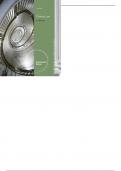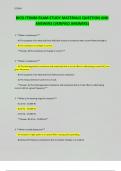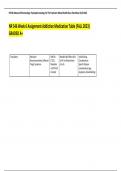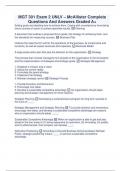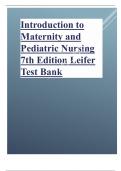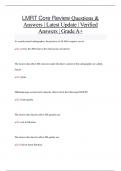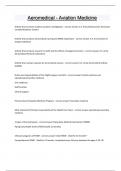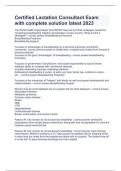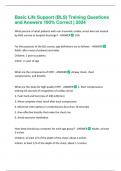Exam (elaborations)
Test Bank For Criminal Law 11Th Edition International Edition By Joel Samaha
- Course
- Institution
Chapter 3: The General Principles of Criminal Liability: Actus Reus Chapter 3 Test Bank The Criminal Act: The First Principle of Criminal Liability MULTIPLE CHOICE 1. Criminal conduct consists of how many elements? a. two b. one c. six d. eight ANS: B REF: p.95 OBJ:1 2. The majority of minor...
[Show more]
